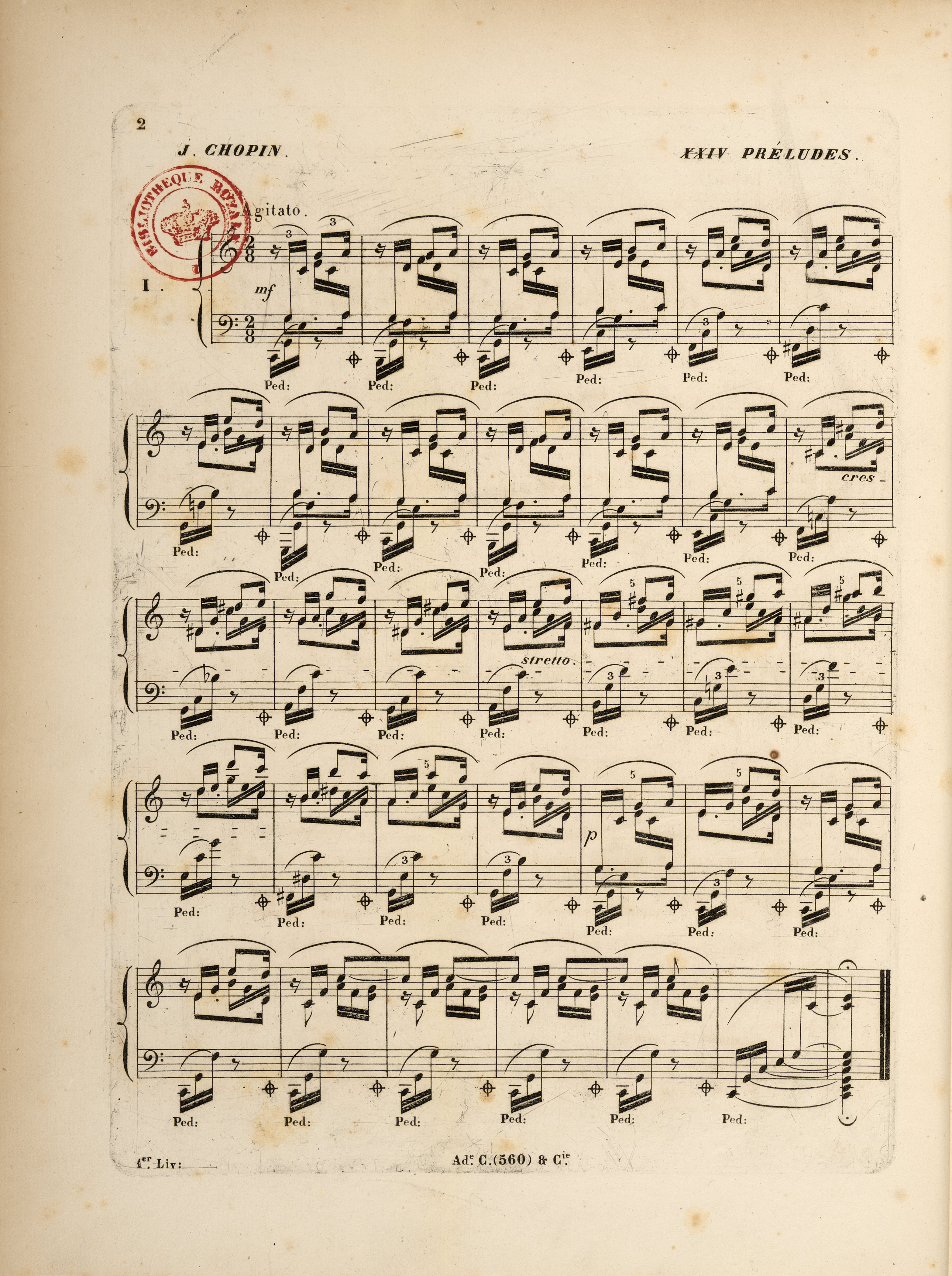



|
|
|
|
|
|
||

|
|
In these bars the  asterisks are written closer to the beginning of the bar than in the remaining ones (cf. the note on b. 2-28) – the marks are placed at the end of the 1st half of the bar both with respect to the L.H. and the R.H. parts. It is striking that such a position of the
asterisks are written closer to the beginning of the bar than in the remaining ones (cf. the note on b. 2-28) – the marks are placed at the end of the 1st half of the bar both with respect to the L.H. and the R.H. parts. It is striking that such a position of the  marks was not reproduced either in FC (→GE) or in FE (→EE). It suggests that at this point of the manuscript both the copyist and the engraver were already convinced of the accidental nature of even the more distinct differences in the position of the
marks was not reproduced either in FC (→GE) or in FE (→EE). It suggests that at this point of the manuscript both the copyist and the engraver were already convinced of the accidental nature of even the more distinct differences in the position of the  marks. Taking into account the homogeneous texture of the Prelude and the close correlation of pedalling with the sound of the principal one-bar figure, we assume that such an explicit divergence from the pedalling markings of the remaining bars is highly unlikely. Due to this reason, in the main text we give pedalling markings analogous to the ones used by Chopin in the remaining bars, considering the actual notation of A an acceptable variant, although probably unintended by Chopin.
marks. Taking into account the homogeneous texture of the Prelude and the close correlation of pedalling with the sound of the principal one-bar figure, we assume that such an explicit divergence from the pedalling markings of the remaining bars is highly unlikely. Due to this reason, in the main text we give pedalling markings analogous to the ones used by Chopin in the remaining bars, considering the actual notation of A an acceptable variant, although probably unintended by Chopin.
Compare the passage in the sources »
category imprint: Graphic ambiguousness; Differences between sources
issues: Inaccuracies in FE, Inaccuracies in FC, Inaccuracies in A
notation: Pedalling

